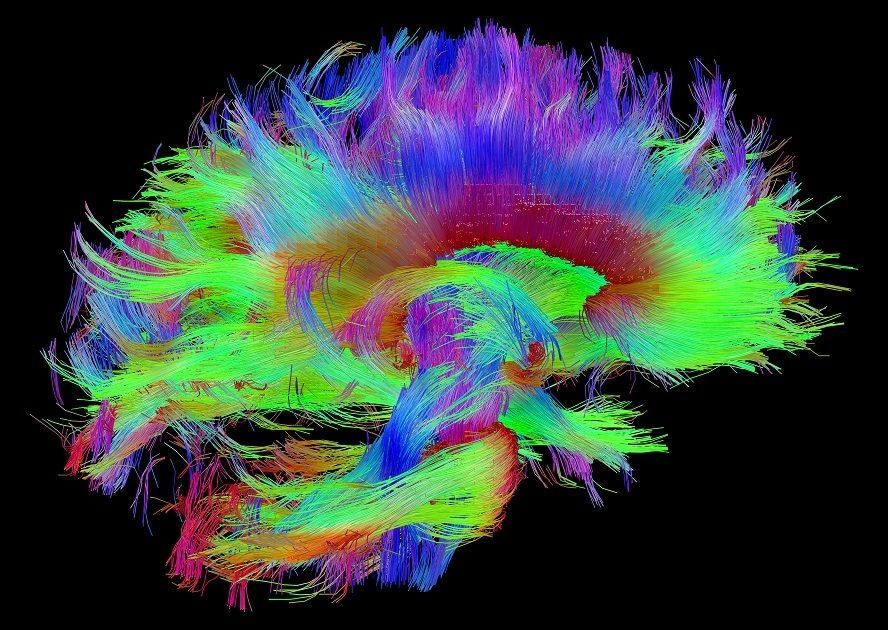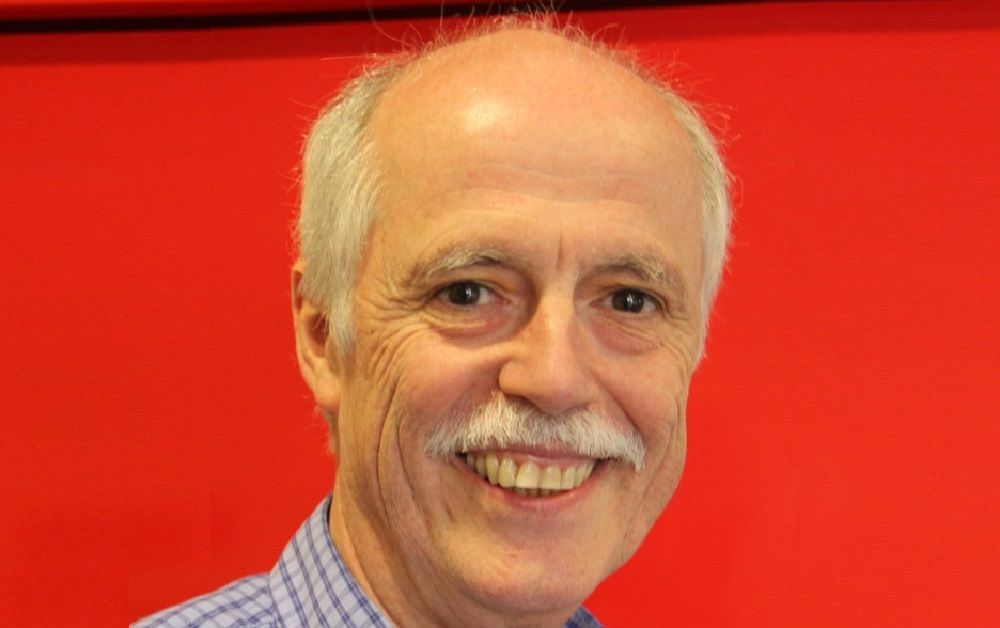
A tissue-based soft robot that mimics the biomechanics of a stingray has been developed, which could lead to advances in bio-inspired robotics, regenerative medicine and medical diagnostics.
The simple body design of stingrays, specifically, a flattened body shape and side fins that start at the head and end at the base of their tail, makes them ideal to model bio-electromechanical systems on.
The 10-millimeter long robot is made up of four layers: tissue composed of live heart cells, two distinct types of specialized biomaterials for structural support, and flexible electrodes. Imitating nature, the robotic stingray is even able to “flap” its fins when the electrodes contract the heart cells on the biomaterial scaffold.
Read more









